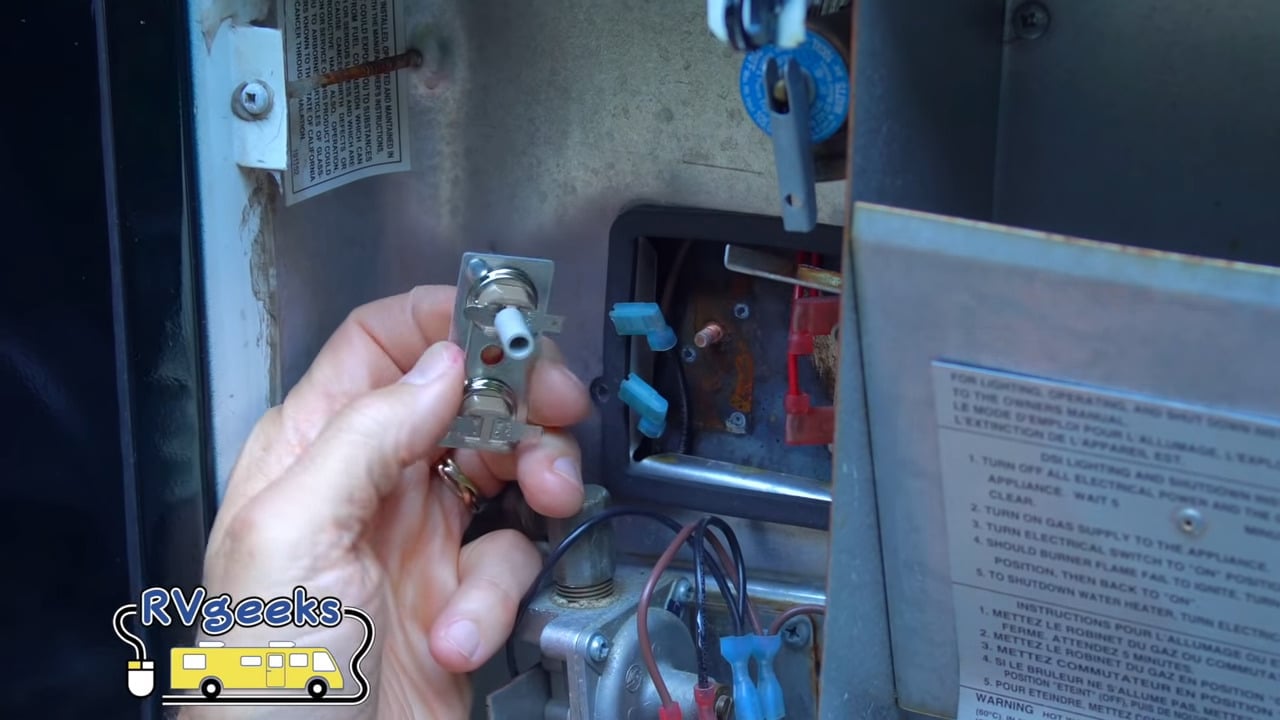Tackling the Typical Water Heater Crisis Scenarios
Tackling the Typical Water Heater Crisis Scenarios
Blog Article
Right here in the next paragraph you can get a bunch of good quality answers in regards to Common Hot Water Heater Problems.

A water heater is just one of the most important fundamental home appliances that can be located in a home. With hot water heater, you do not need to undergo the stress of heating water manually every single time there is a demand to take a bath, wash, or the recipes. Nonetheless, there is always a possibility that your water heater would act up as with many mechanical devices.
It is important to keep in mind any type of little malfunction and tackle it quickly prior to points get out of hand. Most times, your hot water heater begins to malfunction when there is a build-up of debris as a result of constant use. As a precaution, regular flushing of your hot water heater is advised to prevent sediment build-up and avoid functional failing.
Common water heater emergency situations as well as just how to handle them
Insufficient warm water
It may be that the water heating system can't sustain the hot water demand for your house. You can update your water heater to one with a bigger capability.
Fluctuating water temperature level.
Your water heating system can start creating water of different temperature levels generally ice hot or chilly hot. There might be a demand to replace either the thermostat or the heating system of your water heater.
Leaky hot water heater container.
In this scenario, you must transform off your water heater, allow it to cool down, and thoroughly look for the resource of the problem. At times, all you require to do is to tighten up a couple of screws or pipe links in cases of small leaks. If this does not function as well as the leak persists, you might require to use the services of a specialist for an appropriate replacement.
Blemished or stinky water
When this occurs, you need to know if the problem is from the water or the container resource. If there is no amusing scent when you run cool water, after that you are particular that it is your water heating system that is damaged. The odiferous water can be created by corrosion or the build-up of germs or sediments in the water heater container.
Verdict
Some home owners overlook little caution as well as minor faults in their water heater unit. This just leads to further damages and also a possible full malfunction of your home appliance. You should manage your water heater mistakes as soon as they come near avoid even more expenses as well as unneeded emergency troubles.
With water heating systems, you don't need to go via the stress of heating water by hand every time there is a need to take a bath, do the washing, or the recipes. It may be that the water heater can't support the warm water need for your home. Your water heater could start producing water of different temperatures typically ice chilly or scalding hot. If there is no amusing scent when you run cool water, after that you are specific that it is your water heater that is defective. The stinky water can be created by rust or the build-up of microorganisms or debris in the water heating system tank.
Common Water Heater Issues and What You Should Do
What Type of Water Heater Do You Have?
Before we begin it’s first important that you identify the type of water heater you have on your property. There are two main types of water heaters out there: conventional and high efficiency.
Both of these types of products typically use either gas or electricity to heat power. There are also solar water heaters that use a thermal collector on the roof or yard to heat the water.
While these models are not as common, they can cut heating costs in half. In this article, we will focus on conventional and high efficiency.
How Do My Electric and Gas Water Heater Work?
Though they look similar, electric and gas water heaters work very differently. It’s important to know their basic function because often problems can be specific to the heating source.
In the electric model, a thermostat on the side of the machine detects the temperature of the water in the tank. When the temperature needs to rise electricity flows to a heating element suspended in the water.
Gas models also use a thermostat device — typically with a mercury sensor at the tip and an additional sensor called a thermocouple. The thermocouple detects whether the pilot light is on and controls the flow of gas.
When the thermostat drops below the appropriate level gas is released which becomes ignited by the pilot light. The flame heats the bottom of the water tank which causes hot water to rise and cold water to drop.
This natural circulation continues until the water reaches the desired temperature. Then, the thermostat triggers the gas control valve to shut off the flow of gas.
What Are the Most Common Issues and How Do You Fix Them?
https://happyhiller.com/blog/common-water-heater-issues-and-what-you-should-do/

I'm very taken with Common Hot Water Heater Problems and I am assuming you liked the entire page. Do you know about another individual who is excited about the subject? Why not share it. I thank you for reading our article about The Importance of Water Heater Maintenance.
Top-rated emergency plumbing? Connect today. Report this page